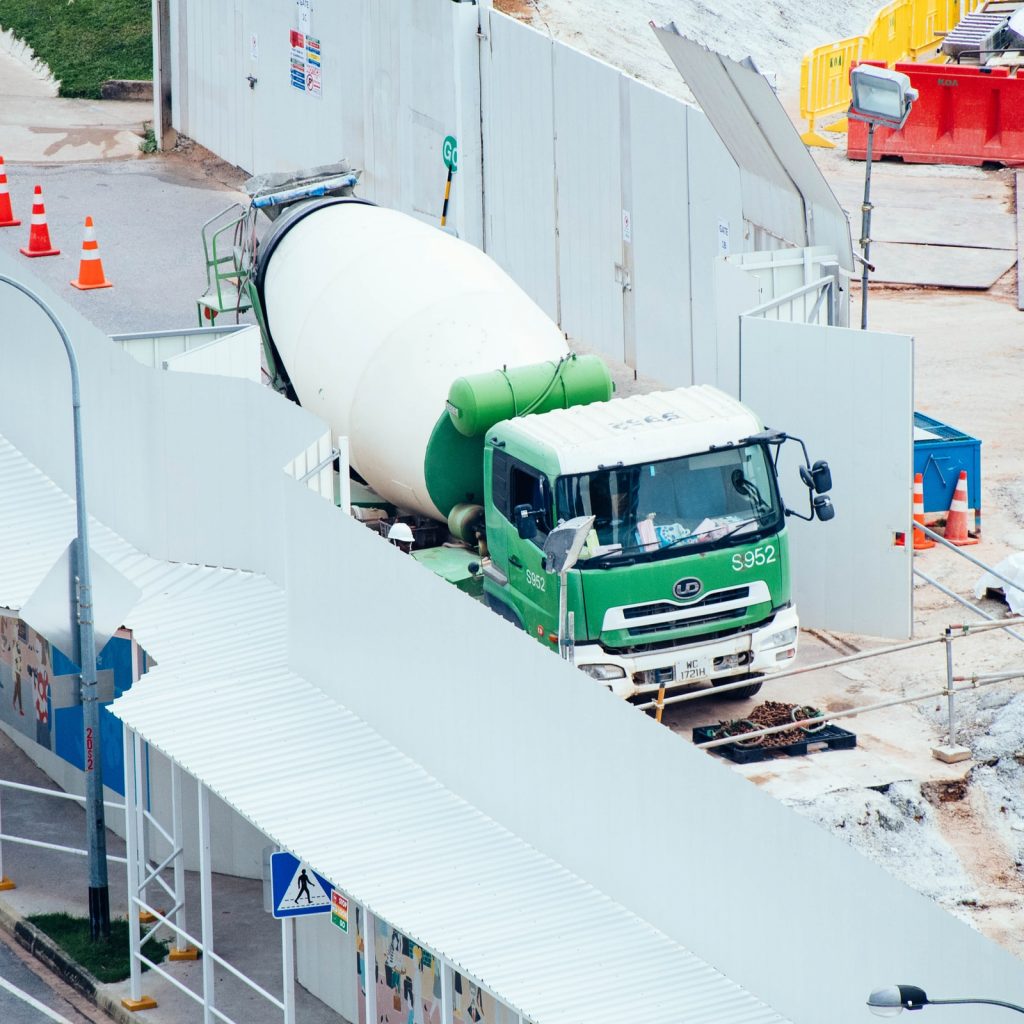- The index increased by 60% in the third quarter of 2020 but progress since then has been more subdued, with a slower year-on-year improvement of 4.5%
- Three of the nine constituent indicators that comprise the index recorded negative outcomes in the third quarter compared to the second quarter: wholesale construction trade (-0.7%), employment in construction (-5.3%) and value of building plans passed (-7.5%)
- An additional 55 projects valued at almost R600 billion had been added to the pipeline of infrastructure projects
According to the latest Afrimat Construction Index (ACI), in the third quarter of 2021 the construction industry continued a slow recovery from the impact of the Covid-19 pandemic.
Economist Roelof Botha compiles the index which is a composite index of the level of activity within the building and construction sectors. The index had staged a swift recovery from the Covid-19 induced slump that occurred during the second quarter of 2020. The index increased by 60% in the third quarter of 2020 but progress since then has been more subdued, with a slower year-on-year improvement of 4.5%.

Conference speakers
Given there were several sectors of the economy under severe pressure because of July’s unrest in parts of KwaZulu-Natal and Gauteng, it was nonetheless encouraging that the index still managed to record a quarter-on-quarter rate of increase of 2.8% for the third quarter.
Buoying recovery for cement and construction is that addressing infrastructure deficiencies will remain a priority of the government for many years to come, says Botha.
THREE AREAS THAT REQUIRE WORK
Botha points out that three of the nine constituent indicators that comprise the index recorded negative outcomes in the third quarter compared to the second quarter: wholesale construction trade (-0.7%), employment in construction (-5.3%) and value of building plans passed (-7.5%).
“The year-on-year performance was even more impressive, with eight of the nine indicators recording positive growth rates,” he says.
Change in the constituent indicators of the Afrimat Construction Index (%) 2nd quarter 2021 to 3rd quarter 2021 (Source: Afrimat)
- Indicator %
- Buildings Completed (Value) 17.4
- Retail Trade Sales – Hardware 7.2
- Building Materials (Sales) 4.5
- Building Materials (Volume) 3.6
- Salaries & Wages – Construction 2.1
- Construction Value Added 0
- Wholesale Construction Trade -0.7
- Employment In Construction -5.3
- Building Plans Passed (Value) -7.5
- Afrimat Construction Index 2.8
- GDP -0.3
AT ODDS WITH ANOTHER INDEX
civil confidence index released this week. That index dropped by two points on a 100-point scale to 15 in the fourth quarter despite most of the underlying indicators, such as activity and profitability, improving in the quarter. However, the FNB/BER index is more focused on sentiment.
Delays in awarding infrastructure projects are believed to be responsible for civil construction industry confidence deteriorating in the quarter. The FNB-BER building confidence index released last week declined by one index point to 34 in the fourth quarter, with three of the six sub-sectors registering higher confidence in the quarter.

Chuttersnap/Unsplash
Driven by an increase in building activity and profitability, the confidence of main building contractors improved significantly in the quarter of 2021 to register the single biggest quarterly improvement since the 1980s.
Botha is confident the current momentum of recovery in construction can continue into 2022. “Further recovery of the construction sector is on the cards for next year,” he says.
GROWTH AREAS
This optimism is derived from the presence of a number of growth drivers:
- Renewed business confidence reflected in several leading indices such as the Reserve Bank’s leading business cycle indicator and the Absa/BER Purchasing Managers’ Index (PMI) for the manufacturing sector, with both of these indicators recently recording all-time record highs
- Pledges made during the recent municipal elections by all of the largest political parties to improve service delivery throughout the country
- The urgent need to repair and maintain infrastructure that has fallen behind schedule as a result of the lockdown regulations induced by the pandemic
The divergence between the value of building plans passed at the bottom of the list of indicators at -7.5% and the value of buildings completed at the top of the list at +17.4% is cause for concern according to Botha, but may be as simple as being related to the disruption caused by the unrest and protests in July.
He adds that the value of building plans passed and value of buildings completed is only for the metros and larger municipalities and excludes the entire informal sector and smaller municipalities, which he believes is not being recorded by Statistics South Africa, but that there is significant activity taking place.
This is based this on the financial performance of retail and trade sales of hardware, which was the second best performer in the third quarter.
INCREASE IN BUILDING ALTERATIONS
An interesting feature of the latest building statistics is the increase in the share of alterations and additions, from an average of 15% in 2019 to 20% during 2021, with a new quarterly record high of almost 29% during the third quarter of 2021.
He says it was also heartening to be informed in November 2021 by new Minister of Finance Enoch Godongwana that an additional 55 projects valued at almost R600 billion had been added to the pipeline of infrastructure projects, with the telecommunication, transport and water and sanitation sectors prioritised in the short term.
Botha does not believe the government has a financing headache in regard to its infrastructure investment plan. “In the last two fiscal years, government had a R130 billion tax revenue overrun. That is an unbelievable figure. I think government has enough money. For the first bunch of infrastructure projects of R340 billion, the funding is already in place. Construction is the most labour intensive sector of the economy. For every job you create, you immediately broaden the tax base,” he says.
In his Medium Term Budget Policy Statement (MTBPS), Godongwana referred to the 65 priority infrastructure projects valued at R340 billion that were gazetted in 2020 and the additional 55 new projects from various sectors valued at R441 billion.

